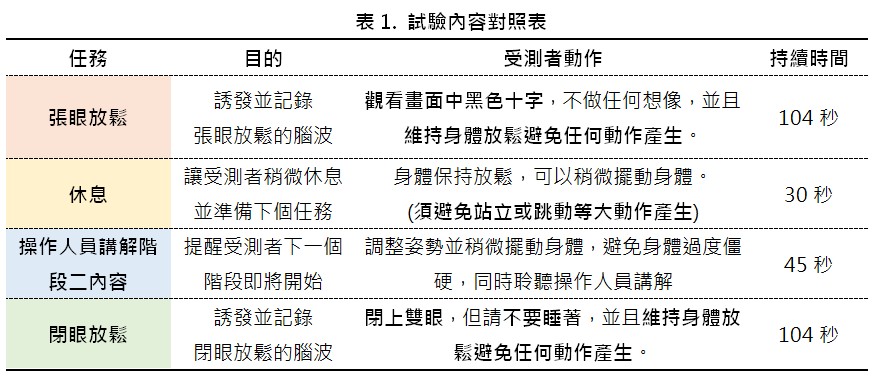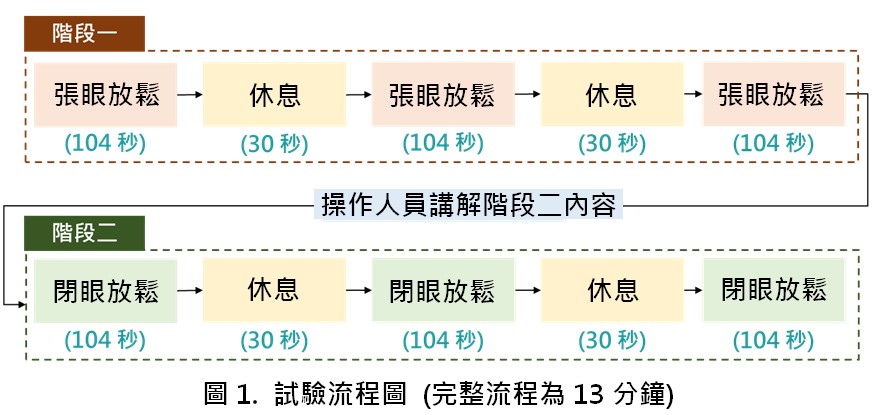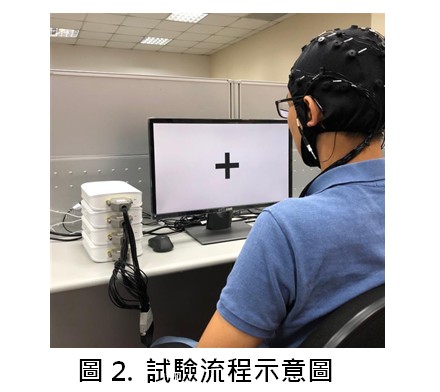Major depressive disorder (MDD) is characterized by symptoms such as persistent sadness, psychomotor retardation, and loss of interest in daily activities. Although treatments for MDD are promising, accurate diagnosis may be difficult due to its heterogeneous etiologies and various psychopathological manifestations. Currently, the diagnosis of MDD is still based on clinical interviews and self-reports. It is therefore essential to develop complementary diagnostic tools that differentiate MDD from other mental state based on neurophysiological changes. Previous studies have utilized neuroimage, genetic fingerprint, proteomics, and electrophysiological measurements as potential biomarkers for MDD. Electroencephalography was also widely investigated due to its advantage of low cost and non-invasiveness. Many researchers have tried to apply machine learning (ML) methods to classify resting-state or task-related EEG signals between depressive patients and non-clinical populations. The goal of the present study is to systematically verify the effectiveness of various common EEG features in MDD detection.





